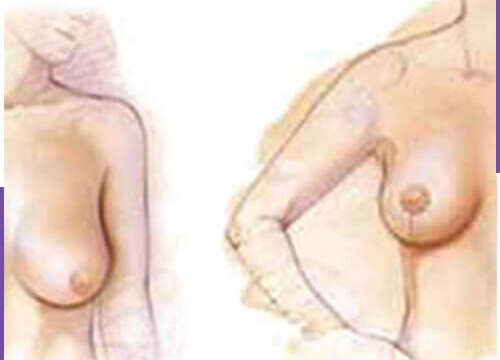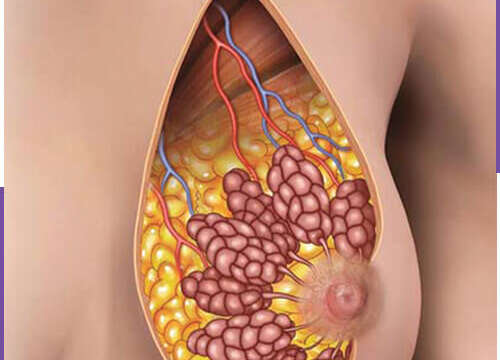WHAT IS GYNECOMASTIA ?
Breast growth with increase in breast gland tissue in men is called gynecomastia. Gynecomastia may occur in early childhood, adolescence or old age (60 years and older). Men may have gynecomastia due to hormonal changes or drug side effects. It could be in one or both breasts. Many cases of gynecomastia do not require treatment. However, for cosmetic reasons, the situation can affect self-esteem and cause someone to withdraw from public activities. Gynecomastia can also be treated by discontinuing the drugs, surgery or certain drugs or stopping illegal substances.
Gynecomastia is most commonly seen in men who are between 13-15 years or older due to hormonal changes. The majority of those who occur between these ages are physiological and usually have no specific reason.
In 90% of newborn children, this condition spontaneously disappears within a year.
In adult males, the possibility to suffer from breast cancer should be remembered. In addition, other conditions leading to Gynecomastia should be examined in these patients.
These include hormone disorders; disorders associated with lack of testosterone and some syndromes, conditions that can increase estrogen; testicular tumors, adrenal gland tumors, thyroid gland diseases (hyperthyroidism or goiter),Hepatitis, cirrhosis, lung cancer, lung diseases, cancer of certain organs, thyroid gland diseases, testicular diseases, long-term use of certain drugs and substances (alcohol, amphetamine antidepressants, narcotics, bodybuilding anabolic steroids) and heroin or similar drug use, such as steroid use to gain weight or muscle.
Therefore, people who have complaints should first undergo a doctor’s check and perform a detailed screening in terms of diseases that may lie on the ground.
WHAT SHOULD BE DONE BEFORE THE PROCEDURE?
If the operation is to be performed under general anesthesia, the patient is asked not to eat or drink anything for 6-8 hours before surgery and 4-6 hours after the operation with his stomach empty.
WHAT ARE THE RISKS OF THE OPERATION?
After surgery, asymmetry between both breasts (difference between the two sides), blood or fluid accumulation under the breast (hematoma, seroma), nipple necrosis (tissue decay) and infection may occur. However, the likelihood of tissue loss and infection is very, very low.
WHAT ARE THE STEPS FOR APPLICATION ?
Gynecomastia treatment can not prevent from interventions such as sports or special training in case of breast enlargement. Surgical treatment in gynecomastia is the only solution and there is no drug treatment. The options are determined by the type of disease. In the case of glandular and mixed type, excess tissue is taken away by nipple incision technique, while fatty type liposuction applications deliver very successful results.
Interventions that require to stay one night in the hospital and can be performed under general anesthesia may experience tolerable pains. After the operation, the recovery process is successfully passed with the use of a special corset for approximately 3 weeks.
Vaser liposuction, which uses sound waves in particular, gives good results for patients in the treatment of gynecomastia.
After the operation, stitches are removed around the seventh day. The patient can stand up immediately after surgery. It can return to normal activities within 1 day. However, sports activities should be suspended for 1-2 week.
WHAT ARE THE AREAS FOR THE APPLICATION?
This is applied to breast area.





